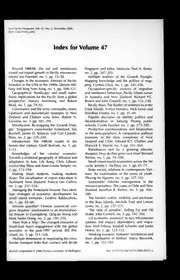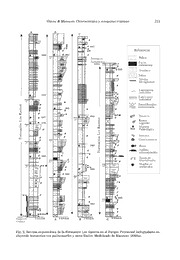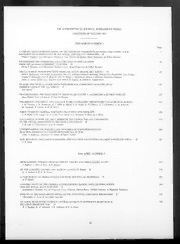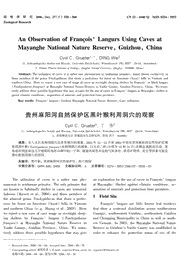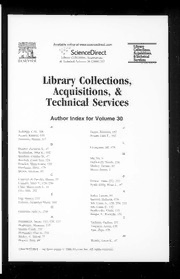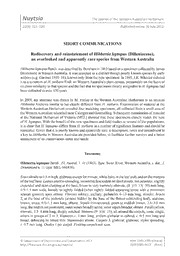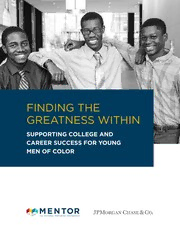
ERIC ED603665: Finding the Greatness Within: Supporting College and Career Success for Young Men of Color PDF
Preview ERIC ED603665: Finding the Greatness Within: Supporting College and Career Success for Young Men of Color
FINDING THE GREATNESS WITHIN SUPPORTING COLLEGE AND CAREER SUCCESS FOR YOUNG MEN OF COLOR ACKNOWLEDGEMENTS MENTOR would like to recognize our partners in this work: JPMorgan Chase & Co in particular Linda M. Rodriguez, Miles Warren III, Fernando Snowden-Lorence, Rudy Lozano, Jr., and Imani Farley for their unwavering support. We thank Rondi Silva for her work on the literature review and interviews and Dan Horgan for writing the final guide. CONTENTS INTRODUCTION ...............................................................................................1 THE IMPORTANCE OF CLOSING THE MENTORING GAP ..........................1 NATIONAL EFFORTS TO IMPROVE OUTCOMES FOR BYMOC ...............3 COLLEGE READINESS AND SUCCESS .......................................................4 Preparing for College ..................................................................................................6 Getting Accepted and Through College ..................................................................12 Paying for College .......................................................................................................14 CASE STUDY: JPMORGAN CHASE’S THE FELLOWSHIP INITIATIVE ....10 CAREER SUCCESS .........................................................................................15 Exploring Careers ........................................................................................................16 Preparing to Enter the Workforce ............................................................................18 Obtaining a Job ...........................................................................................................19 CONCLUSION .................................................................................................21 RESOURCES ..................................................................................................23 BIBLIOGRAPHY ............................................................................................24 APPENDIX......................................................................................................25 Mentoring Programs ..................................................................................................25 Mentors ........................................................................................................................26 Companies ..................................................................................................................26 Policy-Makers .............................................................................................................26 INTRODUCTION Mentors can play an important role supporting youth as they make critical academic and career decisions during the transition to adulthood. For young people and their families, preparing for postsecondary opportunities can be an overwhelming, confusing, and stressful process. Having a mentor to help guide the process is beneficial for both young adults and their families. As youth strive to be college and career ready, Chase & Co. employee volunteers) to learn about mentors can help youth identify and map out how mentors can support young people as they the specific tasks, experiences, resources, and prepare for college and careers. As an alum of skills needed to succeed. Mentors can also help the TFI program, Noah Morton shared, mentors youth maintain their motivation and focus by can support young men of color as they prepare acknowledging and celebrating successes. to transition to college and careers by helping them “find the greatness within.” For boys and young men of color (BYMOC) from low-income households, mentors are especially important in preparing for college and THE IMPORTANCE OF career because of systemic barriers that limit CLOSING THE opportunity and may impact their confidence MENTORING GAP and identity development. BYMOC, generally speaking, often lack access to professional role models who can provide information, resources, Mentors play a critical role in the lives of two out and guidance as they navigate complex processes of three youth in America today, and there is a for gaining admission to college and entry into critical need to close the mentoring gap for the meaningful career pathways. These challenges are estimated 16 million youth growing up without exacerbated by negative social perceptions and a caring adult in their lives, especially for young low expectations that can curtail the aspirations people who may not already have positive of BYMOC. professional adult role models in their lives. This research brief was created by MENTOR: Youth themselves draw the connection between The National Mentoring Partnership to highlight their experiences in mentoring relationships and national efforts to increase effective mentoring their aspirations and outcomes as outlined in for BYMOC and was supported by JPMorgan The Mentoring Effect (http://bit.ly/1m6fUZi), the Chase & Co. through its ongoing commitment to first-ever nationally representative survey of 1,109 expand economic opportunity for young people young people on the topic of mentoring produced through programs like The Fellowship Initiative by MENTOR: The National Mentoring Partnership (TFI) (see “TFI Case Study” on page 8). To with AT&T, Civic Enterprises, and Hart Research. develop this brief, MENTOR completed a literature review and interviewed TFI Fellows (high school and college students) and mentors (JPMorgan FINDING THE GREATNESS WITHIN | 1 Young people with mentors report setting higher educational goals and are more likely to attend college than those without mentors. Young adults who had mentors, particularly at-risk youth, are more likely to report engaging in productive and beneficial activities, such as sports, extracurricular activities, and volunteer projects, than youth without a mentor. These activities increase a young adult’s self-confidence and self-esteem. Youth with a mentor are more likely to hold a leadership position in a club, sports team, school council, or another group. In both structured and informal mentoring relationships, the longer the mentoring relationship lasts, the greater the value for youth and the stronger the outcomes. The Mentoring Effect revealed that one in three people do not have a mentor, but more research is needed to assess the mentoring gap for BYMOC. There have been studies and research on the mentoring gap for African-American youth. Dr. Bernadette Sanchez’s (2016) review distilled 19 research studies and found that African-American youth were significantly more likely to have either an informal or formal mentor than White and Latina/o youth, indicating a difference based on race, gender, and ethnicity. However, other research suggested that there were gaps in certain kinds of mentors for African- American male youth. Sanchez (2016) elaborated as follows: In a study of 1,929 African-American youth between the ages of 12 and 18, it was found that girls were more likely to report an unrelated mentoring in their community (e.g., minister, teacher, counselor, older friend; Cooper, Brown, Metzger, Clinton, & Guthrie, 2013). An older study of 122 Black and White high school students (Hirsch et al., 2002) revealed that African-American girls (58%) were more likely to report having a significant nonparental adult male who has had an influence in their life compared to African-American boys (41%). Further, African-American girls reported more grandparent involvement in discussions about peer relationships compared to their African- American male counterparts (Hirsch et al., 2002). 2 | FINDING THE GREATNESS WITHIN While we are unclear about the mentoring gap for BYMOC specifically, we do know that BYMOC face disproportionate Promising Practices challenges on the path to becoming college and career ready. COLLEGE READINESS We also know that mentoring can support overcoming those & PERSISTENCE challenges. Communities In Schools (CIS) (www.communitiesinschools. org) and AT&T (http://soc.att. NATIONAL EFFORTS TO IMPROVE com/2aNxOgY) work together to OUTCOMES FOR BYMOC help students achieve in school, graduate, and go on to college and career success. Communities In Schools is a national network of The comprehensive literature review for Stanford University passionate professionals working (Dukakis et al., 2012) offers the following regarding BYMOC: in public schools to surround students with a community of Ample documentation in the literature links postsecondary support, empowering them to educational disparities at least partially to the social stay in school and achieve in experiences of boys and young men of color. In one review, life. Since partnering in 2008, for example, David Kirp (2010) has noted that “as early as AT&T employee mentors have worked with over 20,000 students kindergarten, nearly a quarter of African-American boys, supported by 46 CIS affiliates three times more than their White counterparts, are already across the country. The core convinced that they lack the innate ability to succeed in mentoring program is called school.” As they progress in their education, their behavior Career Exploration and it matches and social responses to school norms are frequently misread AT&T employee mentors with by teachers and school administrators as nonadaptive or students in grades 8–12 to develop collaboration, communication, otherwise problematic (Noguera, 2009), which often leads creativity, and critical-thinking to a number of additional negative consequences, including skills. Students report that learning disproportionality in school discipline and educational about diverse career options, attainment in high school (Morris, 2012) (p. 4). getting career planning advice, and practicing for job interviews Gilberto Conchas (2006) observes that among high poverty is what they enjoy most about families of Latino boys, the standard of academic success is their work with mentors. often pegged at high school completion; after high school graduation, a number of Latino boys are expected to work and contribute to family income (p. 4). Gender disparities in the early elementary school experience also may contribute to the gap in postsecondary completion between males and females. Nancy Lopez (2003) points out that where young girls tend to stay at home with adult figures and in school, boys are more often allowed to spend time outside of school away from home where peer influence is intensified (p. 4). The White House (2014) announced My Brother’s Keeper Alliance (MBKA) and provided the following evidence: Data shows that boys and young men of color, regardless of socioeconomic background, are disproportionately at risk throughout the journey from their youngest years to college and career. For instance, large disparities remain in reading proficiency, with 86 percent of black boys and 82 percent of FINDING THE GREATNESS WITHIN | 3 Hispanic boys reading below proficiency levels by the fourth My mentor came into grade—compared to 58 percent of white boys reading below my life and provided proficiency levels. structure, did things with Additionally, the disproportionate number of black and me that my parents Hispanic young men who are unemployed or involved in couldn’t. He took me out to the criminal justice system alone is a perilous drag on state play ball, just sat and budgets, and undermines family and community stability. talked with me, and kept These young men are more than six times as likely to be me from doing other victims of murder than their white peers and account for things, like being in the almost half of the country’s murder victims each year. streets.” Researchers Wimer and Bloom (2014) identify that the issues TFI FELLOW are both social and institutional. They write, “The life chances of young men of color are also often compromised by their experiences in the educational system—a system that can sometimes exacerbate inequality when it serves minority students less well than their more advantaged peers” (p. 3). Studies agree that combinations of social and institutional interventions are showing the best results in preparing BYMOC for college and career. Dukakis et al. (2014) state that “the most promising individual practices that promote college access and completion among boys and young men of color apply both to high school and college students: supportive adults and peers, high expectations, and family engagement, among others… Photo courtesy of JPMorgan Chase & Co. Those more directly specific to college include development of a college-going identity, participation in learning communities, and enabling a sense of belonging” (p. 22). COLLEGE READINESS AND SUCCESS Preparing for college begins long before a young person reaches his senior year of high school. From the time that a young person starts school, his commitment to learning and academic performance along with the skills that he develops and the experiences that he has prepares a young person for being admitted to and persisting through college. To understand the process and take full advantage of opportunities along the way, youth and their families benefit from strong mentoring relationships that often provide critical support and guidance on topics ranging from school choice and college applications to campus living and financial aid. Many of today’s college and career readiness programs integrate the work of Dr. David Conley, an education leader with over 45 years of practice and research experience. In his Four 4 | FINDING THE GREATNESS WITHIN Photo courtesy of JPMorgan Chase & Co. FINDING THE GREATNESS WITHIN | 5 Keys to College and Career Readiness (http://bit.ly/2mQlIrb) model, Dr. Conley (2014) argues that youth are ready when they have mastered elements in the following four key areas: THINK: “Students need to do more than retain or apply information; they have to process and manipulate it, assemble and reassemble it, examine it, question it, look for patterns in it, organize it, and present it.” KNOW: “Students need strong foundational knowledge in core academic subjects, and they also need to have an understanding of the structure of knowledge (the big ideas and how those ideas frame the study of the subject)—they need to understand that success at learning content is a function of effort much more than aptitude.” ACT: “Students need skills and techniques to take ownership and successfully manage their learning in educational and career opportunities after high school.” GO: “Students preparing for a career or to further their Promising Practices education beyond high school must navigate numerous potential pitfalls if they wish to make a successful transition. CAREER SUCCESS They must cope with issues ranging from correctly The General Motors (GM) Student submitting postsecondary applications to knowing when to Corps (http://bit.ly/2lfZf4y) is seek help or advocate for their best interests.” an innovative student internship program that youth participants As College Board (2011) reported, “Each of the students has call a “leadership factory.” Since different drivers and chose different paths to higher education. 2013, more than 500 high school students have participated in the But there is a common thread: something or someone sparked program, earning a paycheck while their interest, spurred their engagement, and instilled in them developing critical leadership a desire to achieve. This has an impact on persistence” (p. 22). skills and giving back to their Mentors often create the spark inside of youth that helps them communities. The program pairs realize that they can accomplish whatever they set their minds teams of 10 high school interns to achieving if they are willing to put in the hard work. The with retired GM executives and college interns to plan and way in which a mentor helps nurture a young person’s growth complete community service mind-set directly influences their aspirations and commitment projects. The youth interns practice to learning. teamwork, learn project planning, and develop communication skills as though they were operating small start-up businesses. Youth PREPARING FOR COLLEGE also attend financial planning seminars, complete life skills workshops, tour GM facilities, and ACADEMICS visit colleges and universities. As the Uzuri Think Tank at Robert Morris University points out, access to higher education does not necessarily mean academic success. The report states, “Educational challenges stem from lack of effective study skills as opposed to absence of ability . . . Academic success underscores the need for a strong emphasis on the development and maintenance of cogent study skills” (p. 2). To support academic achievement, mentors can help coach 6 | FINDING THE GREATNESS WITHIN
The list of books you might like

$100m Offers

The Sweetest Oblivion (Made Book 1)

Atomic Habits James Clear

A Thousand Boy Kisses
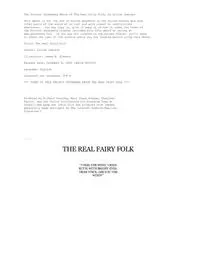
The Real Fairy Folk by Louise Jamison
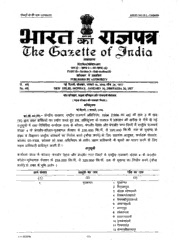
Extraordinary Gazette of India, 2006, No. 78

The Ratline
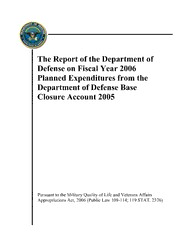
DTIC ADA454032: The Report of the Department of Defense on Fiscal Year 2006 Planned Expenditures from the Department of Defense Base Closure Account 2005
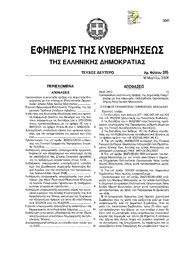
Greek Government Gazette: Part 2, 2006 no. 315
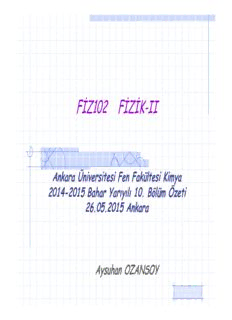
Bölüm-10-sunu
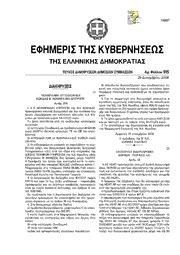
Greek Government Gazette: Part 7, 2006 no. 915
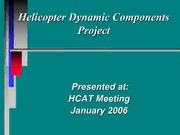
DTIC ADA599379: Helicopter Dynamic Components Project

Greek Government Gazette: Part 7, 2006 no. 831
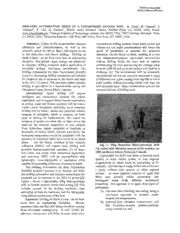
NASA Technical Reports Server (NTRS) 20060026170: Drilling Automation Tests At A Lunar/Mars Analog Site
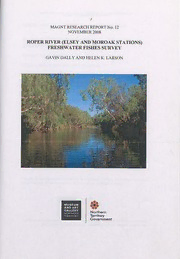
MAGNT research report
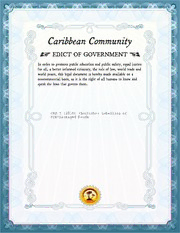
CRS 5: Labelling of Pre-packaged Foods
